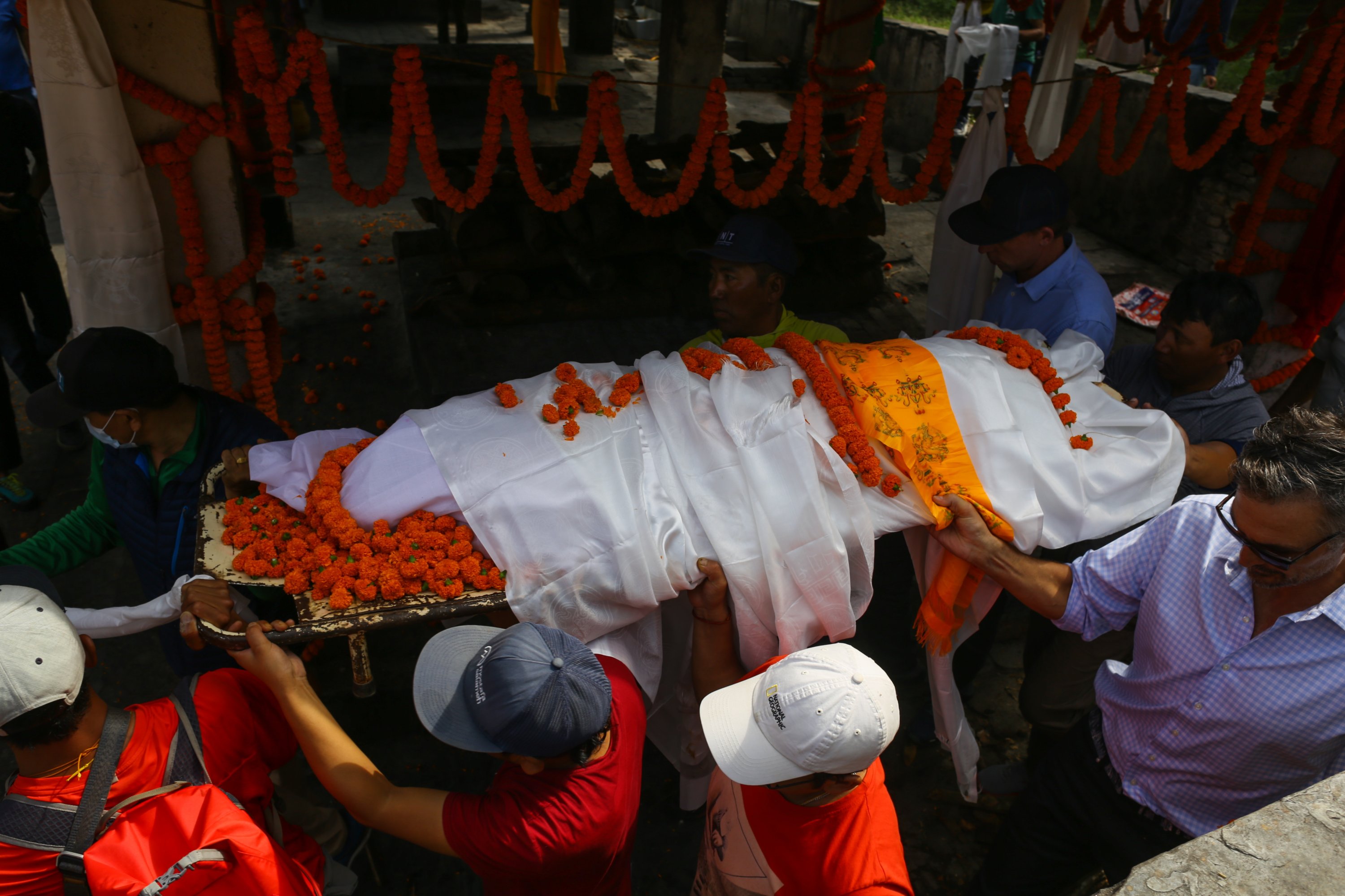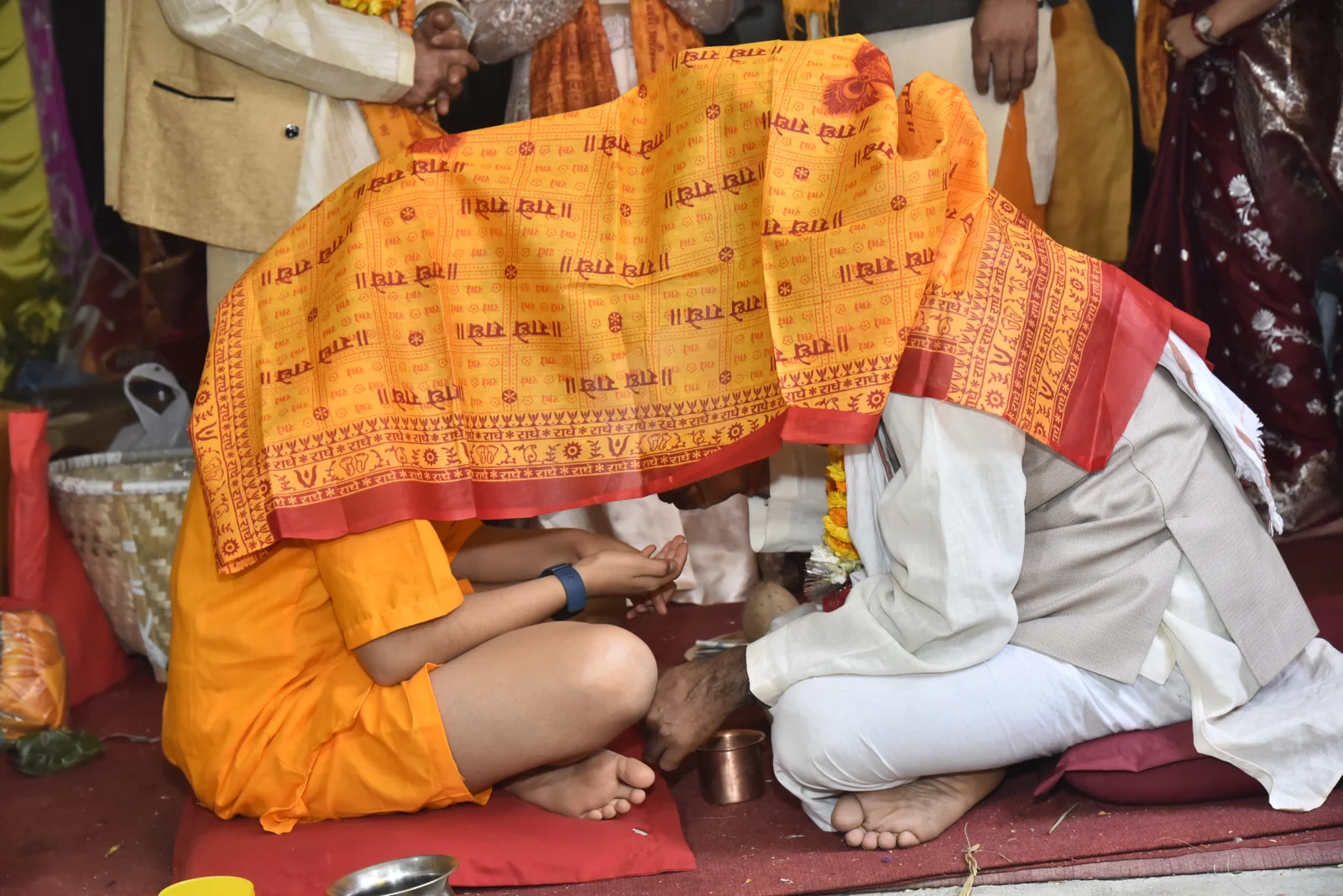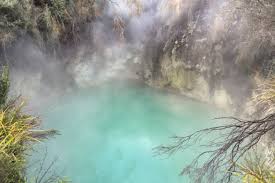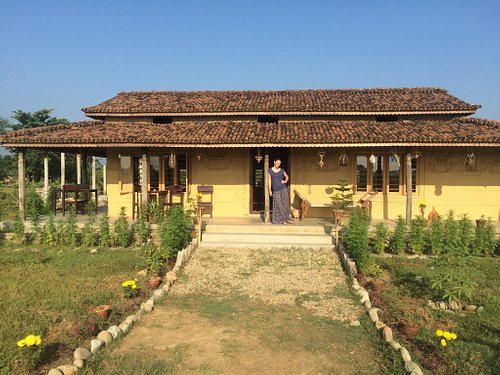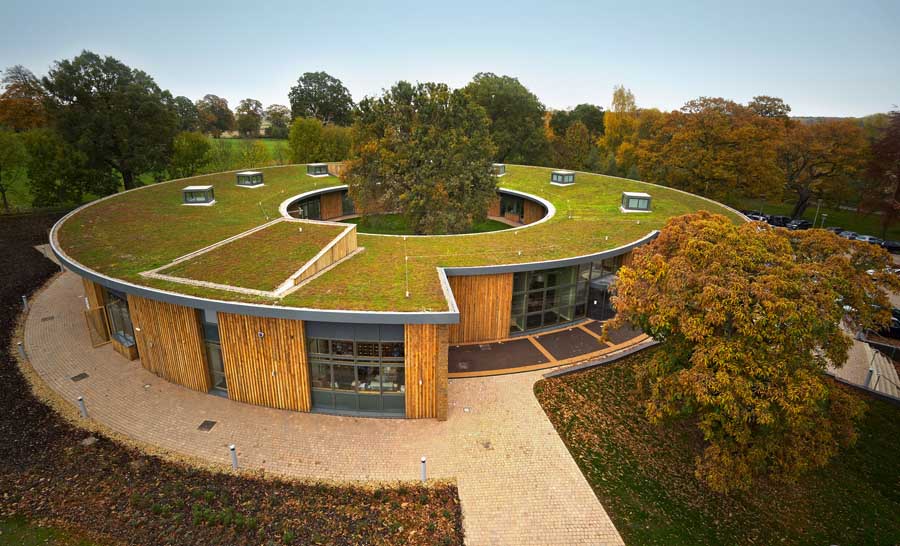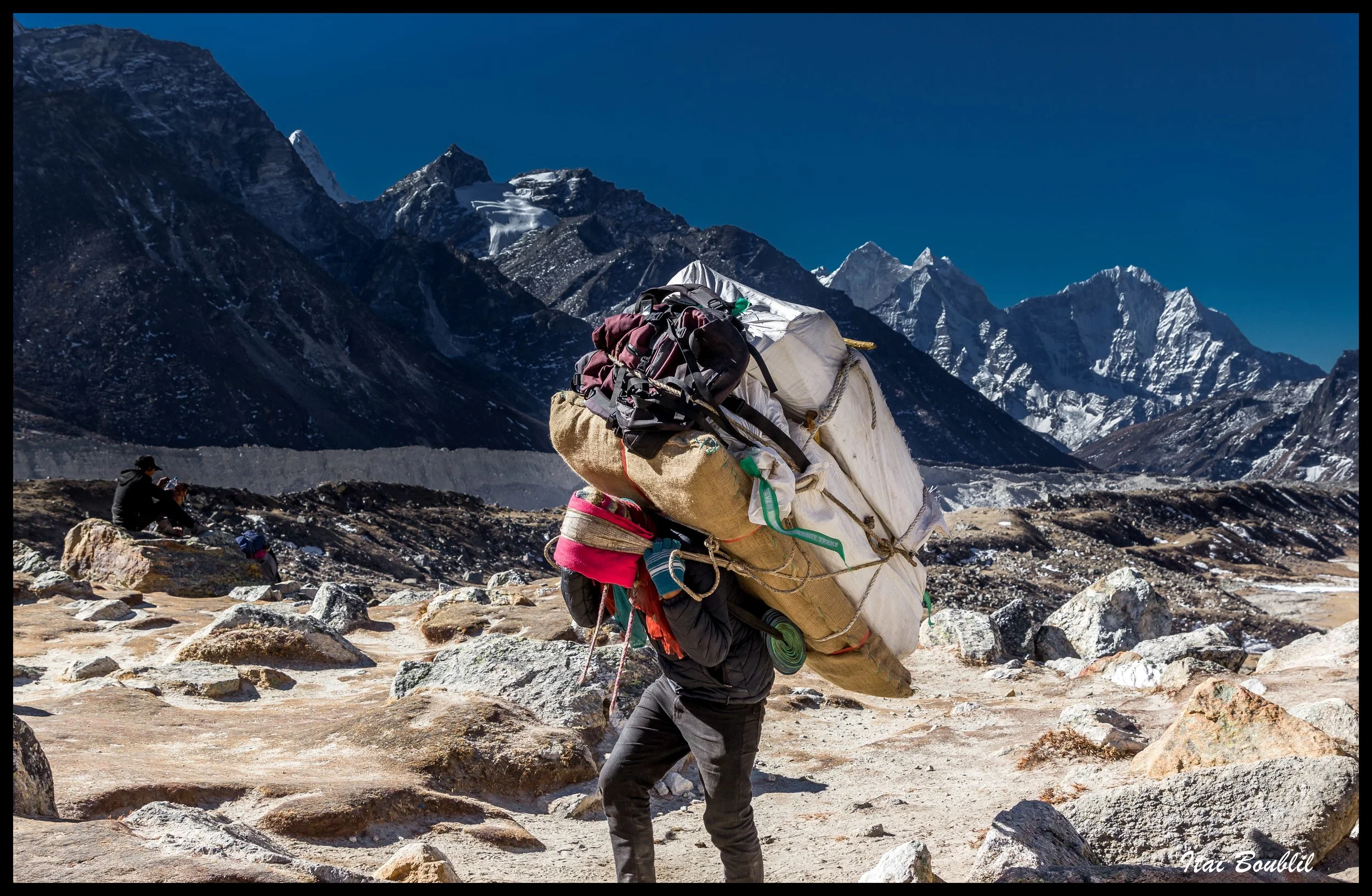Share this Article
When the River Was a Goddess: Forgotten Water Worship Traditions of Eastern Nepal
In the misty hills and fertile valleys of Eastern Nepal, rivers have always been more than just streams of water. They were mothers, goddesses, and ancestral spirits—sources of life, renewal, and divine presence. Long before the age of concrete embankments and hydroelectric turbines, the rivers of this region were sacred. They were worshipped in chants, adorned with flowers, and fed with offerings. But today, the sacredness has all but washed away. Forgotten by modern generations, the water worship traditions of Eastern Nepal are quietly vanishing—leaving behind only traces in old songs, half-remembered rituals, and crumbling stone altars.
This article journeys into the vanishing spiritual relationship between humans and rivers in Eastern Nepal, uncovering the ancient reverence, forgotten ceremonies, and ecological wisdom embedded in these sacred flows.
The Divine Waterscape: Nature and Belief in Eastern Nepal
Eastern Nepal is a lush and hydrologically rich region. Fed by monsoons, mountain streams, and glacial melt, it is crisscrossed by rivers like the Tamor, Arun, Sunkoshi, and their tributaries. For centuries, these rivers were not just ecological lifelines but spiritual corridors.
Among indigenous groups such as the Rai, Limbu, Dhimal, and Meche—as well as hill castes like Bahun and Chhetri—rivers were personified as nadi devis or river goddesses. This belief was not confined to myths; it shaped daily life, agricultural calendars, and social rituals.
The flowing river was seen as a sentient being: patient yet powerful, forgiving yet wrathful when disrespected. It was said that if you angered the river, she would rise. If you honored her, she would bless your harvest and cleanse your sins. This was not just symbolic faith—it was a living covenant with nature.
Rituals of Reverence: Forgotten Ceremonies by the River
1. Kulung Rai’s Mangkhim Ceremonies
The Kulung Rai people of the Arun River valley practiced Mangkhim, an ancestral animist belief system. They believed that sacred spirits resided in rocks, rivers, and forests. Rivers were honored as Yuma Samyo—spiritual mothers.
Seasonal rituals called Sakela or Toshi included river offerings of rice beer, millet bread, and sacred water collected from multiple sources and poured back as a symbolic "dialogue" between humans and nature.
Elders, dressed in white loincloths and headscarves, would lead purification rituals where entire communities bathed in the river at dawn before major ceremonies. These acts were not merely cleansing—they were meant to synchronize human rhythms with nature’s pulse.
2. River Marriage: A Ritual of Union
Among some communities in Ilam and Dhankuta, an ancient ritual called Nadi Bibaha or "river marriage" was performed. A symbolic bridegroom (a young boy or symbolic effigy) was wedded to the river goddess in a formal Hindu-style wedding. This ritual was conducted to appease the river during droughts or after flooding disasters.
The ceremony involved sindoor, garlands, and pancha bali (five types of offerings). Elders sang hymns to the river, asking her to be kind, generous, and fertile. These rituals affirmed the view of rivers as feminine divine entities capable of both nurturing and punishing.
3. Water Divination and Healing
In remote parts of Sankhuwasabha, shamans known as dhami-jhankris or mangpas used river water in divination. They would collect water at specific hours from “talking rivers” believed to whisper truths to those who listened. These waters were placed in copper vessels and used to identify causes of illness or misfortune. It was believed that sacred river water could reveal spiritual imbalances and even cure possession.
This healing relationship between humans and rivers stood in contrast to the exploitative uses we see today. The river was not a resource—it was a relative.
Oral Memory: Songs, Myths, and Stories of River Goddesses
As written records of these rituals are scarce, oral tradition is the primary source for much of this spiritual history.
1. Sumnima and Paruhang: The Creation Myth
The Limbu cosmology speaks of Sumnima and Paruhang, the primal female and male forces. Sumnima, the earth mother, is often associated with flowing water. In these stories, rivers were her veins—moving life across the world. Songs sung during Chasok Tangnam, the harvest festival, recall how Sumnima taught humans to grow millet, wash their hands in river water, and offer the first grains back to the river.
2. River Laments in Dhimal Songs
Among the Dhimal people of the plains and foothills, traditional songs (called tamang sela) recount tragic tales of maidens who drowned in rivers or became river spirits after dying unmarried. These songs blend ecological warnings with spiritual symbolism. A fast-flowing river, they say, carries away not just water but memory, youth, and love.
Such river laments were also meant to teach humility—reminding humans that no matter how powerful they become, they must bow before water.
Erosion of Faith: Modernity and the Decline of River Worship
Despite the deep cultural roots, the worship of rivers has steadily declined in Eastern Nepal over the last fifty years. Several factors have accelerated this erosion:
1. Infrastructure and Development
The construction of hydropower projects, dams, and concrete embankments has industrialized the river. What was once a divine entity is now reduced to a unit of electricity or a flood hazard. Entire riverbanks have been dynamited, diverted, or fenced off.
In the process, access to traditional ritual sites has vanished. Sacred stones are submerged. Altars are destroyed. In some cases, entire rituals have become impossible because the “holy spot” no longer exists.
2. Migration and Urbanization
With increasing migration to cities and abroad, especially among younger generations, the collective memory of river rituals is fading. Urban youth see rivers as polluted drainage canals rather than sacred corridors. The elders who once led rituals now live in fragmented communities with no successors to inherit the knowledge.
3. Pollution and Neglect
Many rivers in the region are now heavily polluted due to plastic waste, agricultural runoff, and untreated sewage. In such conditions, the sacredness is hard to maintain. Who can perform a puja in a blackened, choking stream?
4. Religious Transformation
The rise of standardized forms of Hinduism and Christianity in many eastern communities has also contributed to the loss. River worship, with its animist roots and local variations, is often dismissed as superstition. New religions demand new rituals—and the old ways fall away.
Resurgence and Hope: Reviving Sacred Rivers
Yet, all is not lost. Across Eastern Nepal, small but significant efforts are underway to restore not just the rivers, but the reverence they once inspired.
1. Community-Led River Cleanups
In Dhankuta and Bhojpur, community youth clubs have begun organizing river cleanups tied to ancestral festivals. While not explicitly religious, these events draw on cultural pride and oral history to motivate action.
For example, in Hewa Khola, volunteers now collect trash and plant riverbank trees during Tihar, recalling tales of river spirits returning during the festive season.
2. Cultural Documentation Projects
Ethnographers, anthropologists, and local scholars are documenting forgotten rituals, recording oral songs, and mapping former sacred sites. Organizations like Kirat Yakthung Chumlung and indigenous rights groups are leading this cultural preservation movement.
Some schools now include folk ecology lessons that teach children about sacred trees, rivers, and rituals once held by their grandparents.
3. Eco-Spiritual Tourism
In Taplejung and Terhathum, there is growing interest in eco-spiritual tourism. Travelers are taken to sacred springs, old river shrines, and sites of former rituals. Elders share myths and perform symbolic ceremonies to honor the river. While still nascent, this model offers a way to preserve heritage while fostering sustainability.
4. Ritual Revivals
In some Rai villages, symbolic river offerings are being revived during major ceremonies. Even where the original beliefs may have faded, the gestures remain. Water is still poured with care. Songs are still sung with longing. The river is remembered—even if dimly—as a goddess.
Rivers as Teachers: Lessons from the Past
At a time when climate change threatens the very survival of Himalayan water systems, the forgotten wisdom of river worship holds urgent lessons.
The rituals once taught people to take only what they needed, to give back, to keep water clean, and to treat rivers as beings—not resources. They fostered a culture of restraint, gratitude, and responsibility. In our current ecological crisis, these spiritual attitudes may be more relevant than ever.
We must ask: what happens to a society when it forgets to thank its river? What does it lose when the river is no longer divine?
Conclusion:
Remembering the Goddess in the Stream
The rivers of Eastern Nepal still flow. They still sustain farms, quench thirst, and carve valleys. But they no longer sing in our songs or shine in our rituals. They have become background noise in the modern march of progress.
Yet the river waits.
She waits for someone to light a lamp on her banks. To throw a handful of rice. To sing her name.
Reviving river worship is not about returning to the past—it is about remembering that water is life, that life is sacred, and that sacredness begins in reverence. The goddess may be forgotten, but she is not gone.
Let us remember her—before the river forgets us.
Categories:
Travel & Tourism
,
Culture & Traditions
,
Adventure Activities
,
Nature & Wildlife
,
History & Heritage
,
Lifestyle & Local Life
,
Health & Wellness
,
Education
,
Spirituality & Religion
Tags:
asdasd
,
Thamel
,
nagi gumba
,
sundarijal
,
dashain
,
festival of nepal
,
bada dashain
,
traditional food
,
traditional-drink
,
murchunga
,
nepalese music
,
traditional instruments
,
tradition
,
architecture
,
holi
,
national park
,
chitwan national park
,
unesco heritage sites
,
nepal wildlife
,
biodiversity conservation
,
rudraksha
,
bhojpatra
,
phewa lake
,
religious destination of nepal
,
rara lake
,
gosaikunda trek
,
craft
,
tilicho
,
begnas
,
pokhara
,
dolpa
,
Phoksundo Lake
,
tools
,
tribe
,
ethnicity


